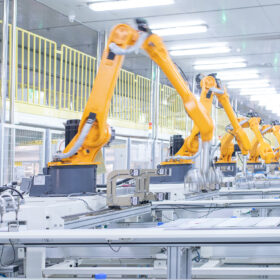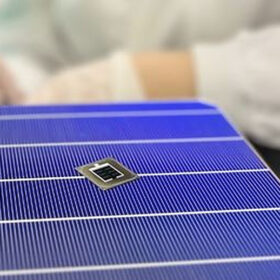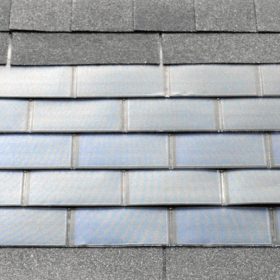TCL Zhonghuan-led consortium plans 20 GW ingot, wafer factory in Saudi Arabia
A subsidiary of TCL Zhonghuan Renewable Energy has signed an agreement with Saudi Arabia’s Public Investment Fund (PIF) and Vision Industries to begin producing 20 GW of solar ingots and wafers per year in the country.
Sungrow secures 7.8 GWh battery storage deal from Saudi Arabia
China’s Sungrow has signed three landmark energy storage contracts with Saudi Arabia’s Algihaz Holding, amounting to the world’s largest grid-side storage order. Each project will have a capacity of 2.6 GWh, totaling 7.8 GWh.
JinkoSolar-led group to build 10 GW solar cell, module factory in Saudi Arabia
A JinkoSolar-led consortium has announced plans to construct a 10 GW solar cell and module factory in Saudi Arabia with PIF and Vision Industries Company.
A gulf between PV ambition and testing facilities
Though it already hosts several of the world’s largest PV installations, the Middle East and North Africa (MENA) region’s solar industry is still young, with limited local infrastructure and expertise. Project developers are learning quickly that building PV in harsh desert environments requires a careful eye on quality. New testing laboratories are looking to meet demand.
ACWA Power lands financing for Central Asia’s biggest battery storage project
The Saudi Arabian developer has reached financial close for the Tashkent Riverside project in Uzbekistan, which includes a 200 MW solar plant and a 500 MWh battery energy storage system (BESS).
KAUST builds perovskite-perovskite-silicon tandem solar cell with 31.5% efficiency
The Saudi research institute said its new four-terminal tandem device has achieved the highest efficiency ever reported for perovskite-based 4-T and triple-junction tandem solar cells to date. The key feature of the cell is the hole transport layer of the top perovskite cell, which was engineered with self-assembled monolayers.
Saudi Arabia launches ‘unprecedented’ geographical survey of renewable energy sites
Part of the National Renewable Energy Program, the ambitious project will identify the best sites to develop renewable energy projects throughout the country. Contracted companies will install 1,200 stations across all regions of the kingdom to measure solar and wind energy. Beginning this year, Saudi Arabia will tender new renewable energy projects with a capacity of 20 GW annually.
Researchers suggest using digested polymers for PV cell coatings, encapsulants
An international research team has proposed to use recyclable biomass-digested polymers as a material for PV coatings and encapsulants. The scientists developed a coating for PV cells that reportedly allows an increase in power output of up to 10%.
Dynamic modeling for building-integrated photovoltaic-thermal systems
Researchers in the Middle East have conducted a series of simulations to assess the technical and economical feasibility of building-integrated photovoltaic-thermal systems. The proposed framework could apply to various building types and geographical locations.
Consumer knowledge key for solar adoption in Saudi Arabia
A new research paper urges the Saudi Arabian government to improve consumer knowledge of renewable energy to encourage the adoption of solar by domestic consumers.










